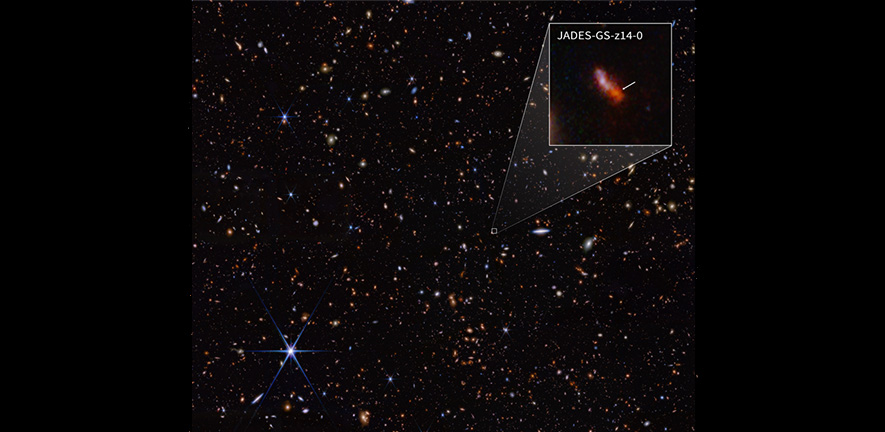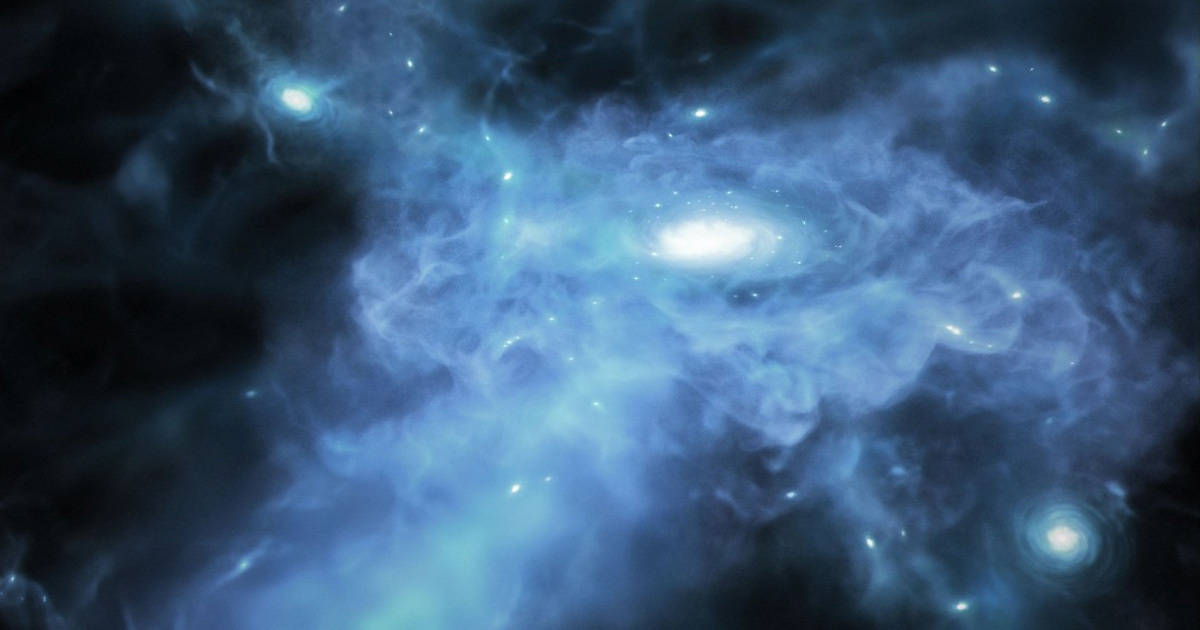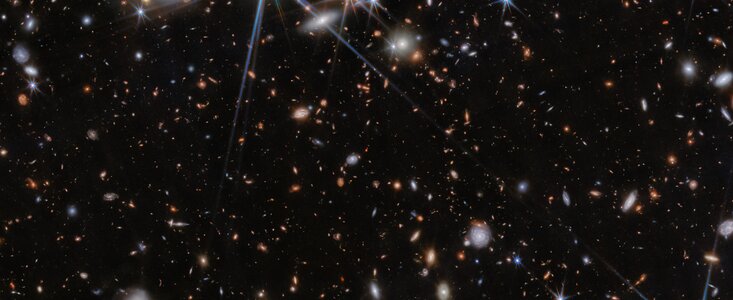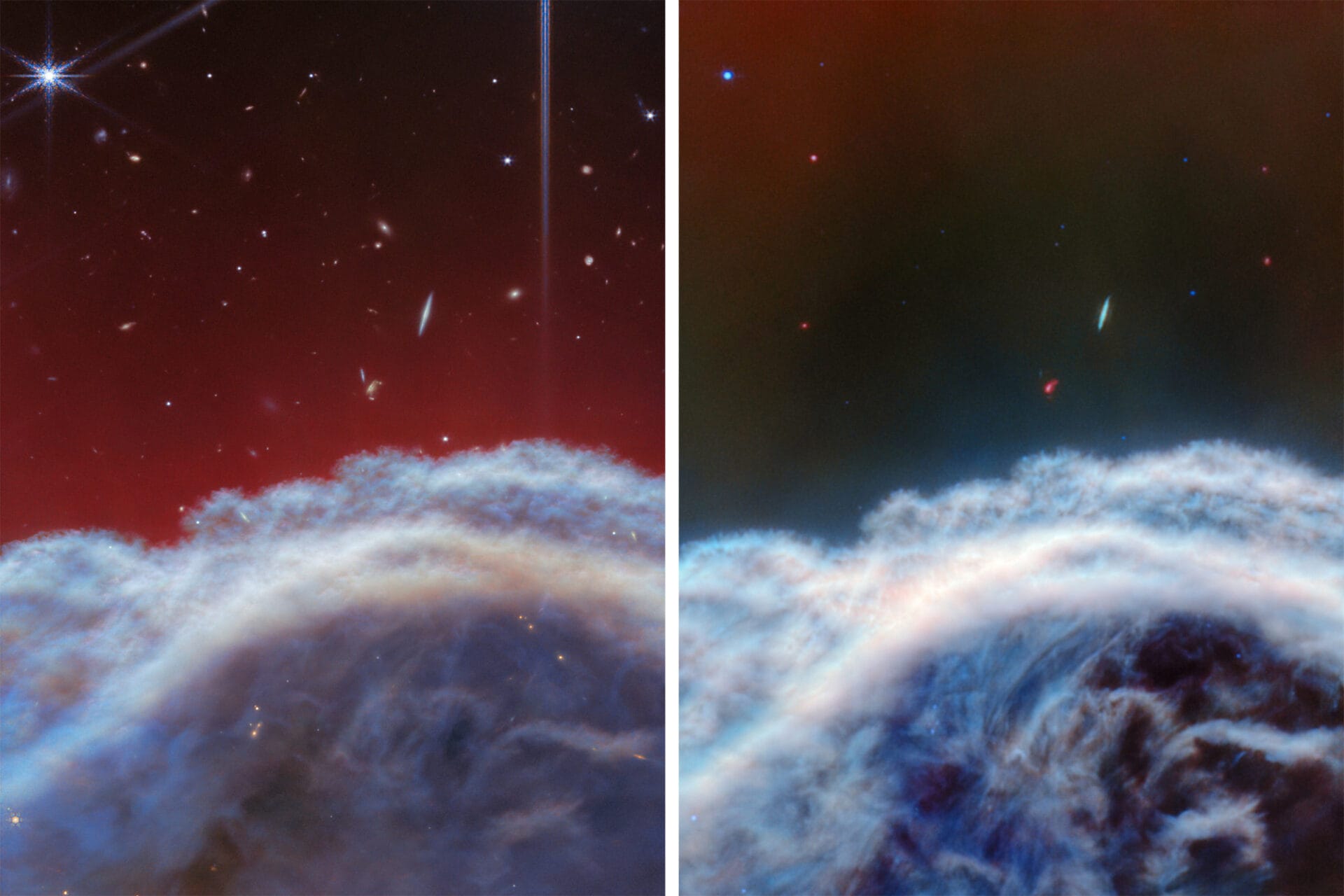
The James Webb Space Telescope is celebrating three years from its launch. Its discoveries have already changed our understanding of the early universe.

A team of astronomers working with the James Webb Space Telescope (JWST) has detected six new ‘rogue planets,’ a discovery that could help us learn more about how stars and planets form.

A persistent, nagging problem with the expansion speed of the Universe may not require a rewrite of everything we know about physics.

Using JWST, astronomers have discovered a new exoplanet; a gas giant they've named Eps Ind Ab.

james Webb Space Telescope continues to revolutionise astronomy - it now shows the birth of a star. The star is named L1527, and at this young age, it's still ensconced in the molecular cloud that spawned it.

The two earliest and most distant galaxies yet confirmed, dating back to only 300 million years after the Big Bang, have been discovered using NASA's James Webb Space Telescope.

Using the James Webb Space Telescope, researchers observed the birth of some of the youngest galaxies ever witnessed.

An international team of astronomers have used the NASA/ESA/CSA James Webb Space Telescope to find evidence for an ongoing merger of two galaxies and their massive black holes when the Universe was only 740 million years old.

Focused on the part of the sky where you can spot the constellation Orion on clear nights, the James Webb Space Telescope’s latest dispatch blinks in astonishing images from an area known as the Orion B molecular cloud.

It’s oh-so-easy to be absolutely mesmerized by these spiral galaxies. Follow their clearly defined arms, which are brimming with stars, to their centers, where there may be old star clusters and – sometimes – active supermassive black holes.

A new investigation with NASA's James Webb Space Telescope into K2-18 b, an exoplanet 8.6 times as massive as Earth, has revealed the presence of carbon-bearing molecules including methane and carbon dioxide.

The James Webb Space Telescope has captured a new image of Supernova 1987A, one of the most famous exploding stars.

This observation suggests exciting avenues of investigation into both the production of cosmic dust and the earliest stellar populations in our Universe, and was made possible by Webb’s unprecedented sensitivity.

NASA recently released a stunning new image of Saturn, depicting the planet's rings shining brightly against the blackness of space. The powerful space telescope has now captured all four gas giants in our solar system.

New results from the James Webb Space Telescope find that radiation from ordinary galaxies cleared the primordial haze left over from the Big Bang, allowing the first light to shine through the early universe.